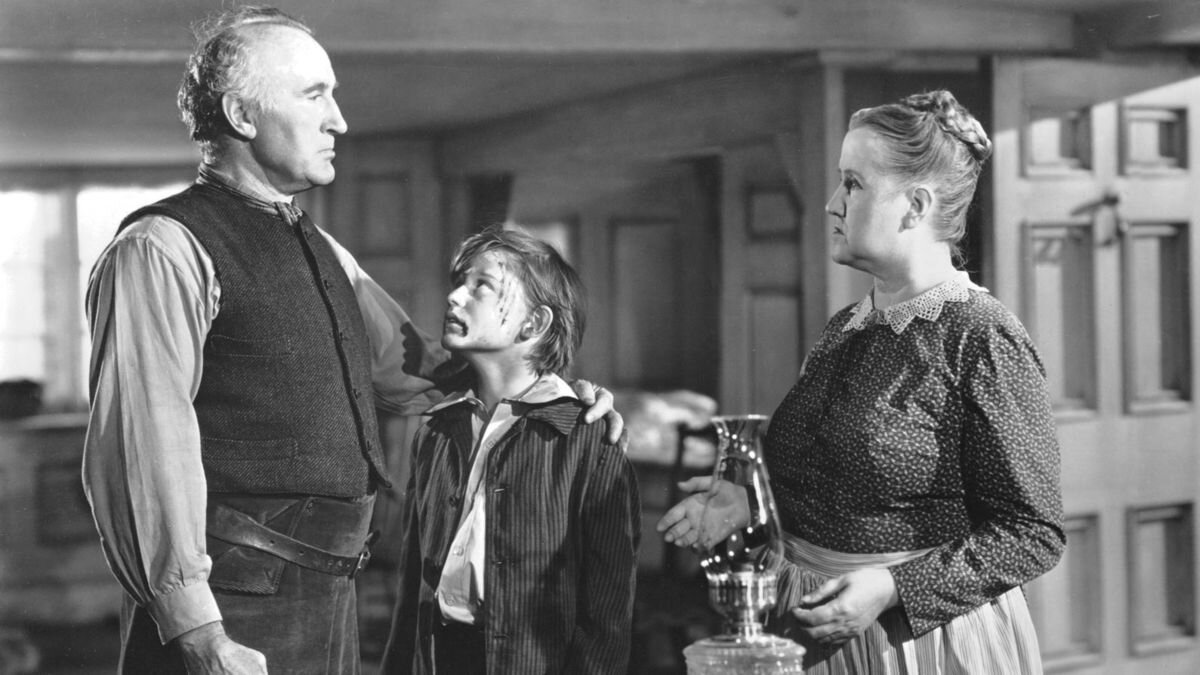TMoCA cinematheque reviews How Green Was My Valley
TMoCA cinematheque reviews “How Green Was My Valley”
TEHRAN- The cinematheque of the Tehran Museum of Contemporary Art (TMoCA) screened American filmmaker John Ford’s film “How Green Was My Valley” on Monday.

Released in 1941, the screenplay of “How Green Was My Valley”, penned by Philip Dunne, is adapted from Richard Llewellyn's 1939 novel of the same name. Featuring a talented ensemble cast that includes Walter Pidgeon, Maureen O'Hara, Anna Lee, Donald Crisp, and the young Roddy McDowall, the film delves deeply into the life of a Welsh mining family during the late Victorian era.
At the heart of the narrative is Huw Morgan, the youngest son of the Morgan family. The story unfolds from his perspective, allowing viewers to experience the profound love shared among family members and the challenges they face living in the South Wales Valleys. The Morgans are a hard-working family, with Huw's father, Gwilym, and his brothers toiling in the coal mines, while Huw's sister, Angharad, assists their mother, Beth, in managing the household. Their idyllic existence in a picturesque village soon encounters the turbulent realities of the mining industry, as economic hardships and labor disputes begin to take a toll on their lives.
The fictional setting is inspired by Gilfach Goch, a village where Llewellyn spent summers visiting his grandfather. Although he claimed to have based his personal experiences in the book on his Welsh heritage, Llewellyn was, in fact, born in England and spent little time in Wales. Nevertheless, he gathered valuable insights by engaging in conversations with local mining families, grounding his narrative in authenticity and emotional depth.
“How Green Was My Valley” garnered widespread acclaim, earning ten Academy Award nominations and winning five—an impressive feat for any film, especially considering it triumphed over classics like “Citizen Kane”, “Sergeant York”, and “The Maltese Falcon” for Best Picture. Ford's direction was recognized, leading to his Academy Award win, while Crisp's portrayal earned him the Oscar for Best Supporting Actor. The film also secured awards for Best Cinematography and Best Art Direction-Interior Decoration. In recognition of its cultural and historical significance, the film was selected for preservation by the United States National Film Registry in 1990 and later preserved by the Academy Film Archive in 1998.
The plot thickens as the Morgans confront the harsh realities of life in the coal mines. When mine owners reduce wages, an inevitable strike ensues, leading to familial and community strife. Huw observes the widening rift between his father and brothers, who choose to join the strike, further complicating their once-harmonious household. As the story unfolds, tragedy strikes the Morgan family with the death of Ivor, Huw's older brother, in a mining accident. This heartbreaking event further complicates the dynamics within the family and the broader community.
With themes of sacrifice, resilience, and the struggle for dignity, “How Green Was My Valley” examines the impact of industrialization on traditional ways of life. Huw's journey from childhood to adulthood underscores the importance of love, family, and community amid adversity. The film resonates with audiences for its powerful storytelling, masterful direction, and evocative cinematography, ensuring its status as a timeless classic.
SAB/
source: tehrantimes.com